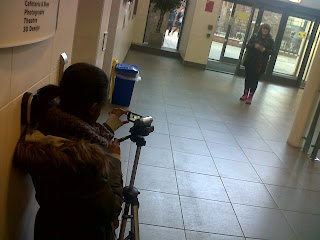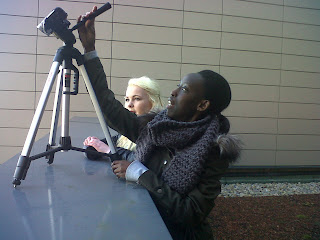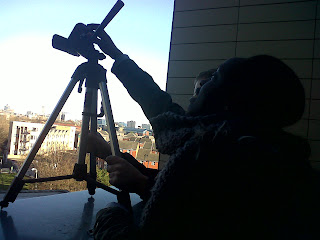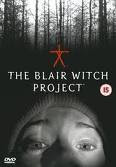 The Blair Witch Project:
The Blair Witch Project:A lot of our inspiration and ideas will come off this film. The ‘home movie’ style to it appeals to us. It has that armature feel to it, which we feel will come of our film opening. The constant had held camera shots show a more personal view for the viewer as they can see most of the things that the character can see but this also gives a more confusing feel for the person watching as they have to ask them self’s ‘what are they doing’ as you cannot see directly what that character is doing or looks like at a particular moment as you can only see what they see. It adds to the suspense factor that the film portrays and this is what we would like to create in out film opening.
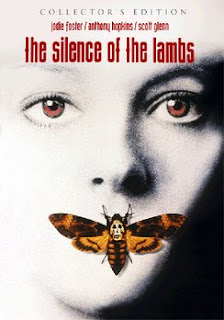
The opening sequence starts with the production company first, then the stars, which is followed by the directors name. Also in the opening sequence, we are provided with information about what the film entails.
